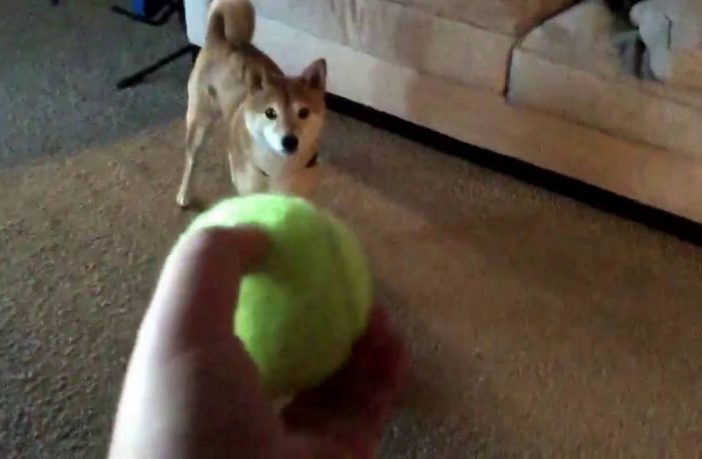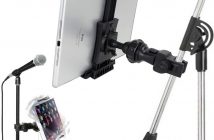Some dogs seem to be natural born “fetchers” while other dogs love to chase the ball but hate to bring it back. A lot of the issues in teaching a dog to fetch have to dog with your dog’s natural instincts and any specific breeding that may have gone into your dog. Some breeds, especially sporting dogs are natural fetching dogs that will almost teach themselves. Terriers are much more challenging to teach to fetch as they tend to be very protective and possessive of their toys and don’t like to turn them over once they run them down.

This allows the puppy to understand that you will touch their stuff, but they will always get it back. If you take away something they are not supposed to be chewing on, be sure to replace it with something that they can. Once the puppy or dog is ready for retrieval training use the following steps:
- Have two objects that your dog loves to play with. Start encouraging your dog to play with tennis balls or Kong toys to get them used to having them in their mouth.
- Bring your dog out to the yard or training area and have them sit beside you. Show the dog one of the toys or balls.
- Keep one ball or toy out of sight and throw the other a very short distance so the dog can easily see where it lands. An underhand toss is often a good way to start.
- When the dog naturally goes to the object say, “Fetch” and then call the dog when he or she takes the toy in his or her mouth.
- When the dog approaches you pull out the other toy and say “Give” or “Release”. The dog will naturally drop the one toy and take the one that you have. Praise the dog and repeat the process.
- Some dogs respond better to a treat provided when they return. As they eat the treat simply pick up the item and get ready to play again.
- If the dog does not seem to want to return repeat the process with the dog on a long or retractable leash that you can provide guidance to return. Avoid pulling or jerking the object out of the dog’s mouth or holding it up high and having the dog jump up for the object. Only repeat the throw when the dog is calm and sitting beside you, not if it is madly jumping up in the air around you. Be sure to watch your dog’s interest level to know when enough is enough. Three or four fetches a training session is usually enough for a puppy, whereas some older dogs are happy to fetch as long as you are willing to throw.
Training dogs isn’t as uphill a task as most people believe it to be as it is also a time when you can put your body into exercise in a big time way because dogs are lovable animals that enjoy being pampered with love and affection from their masters and training is an excellent way to do so, which you can learn more about at https://observer.com/2020/04/best-cbd-dog-treats/.





